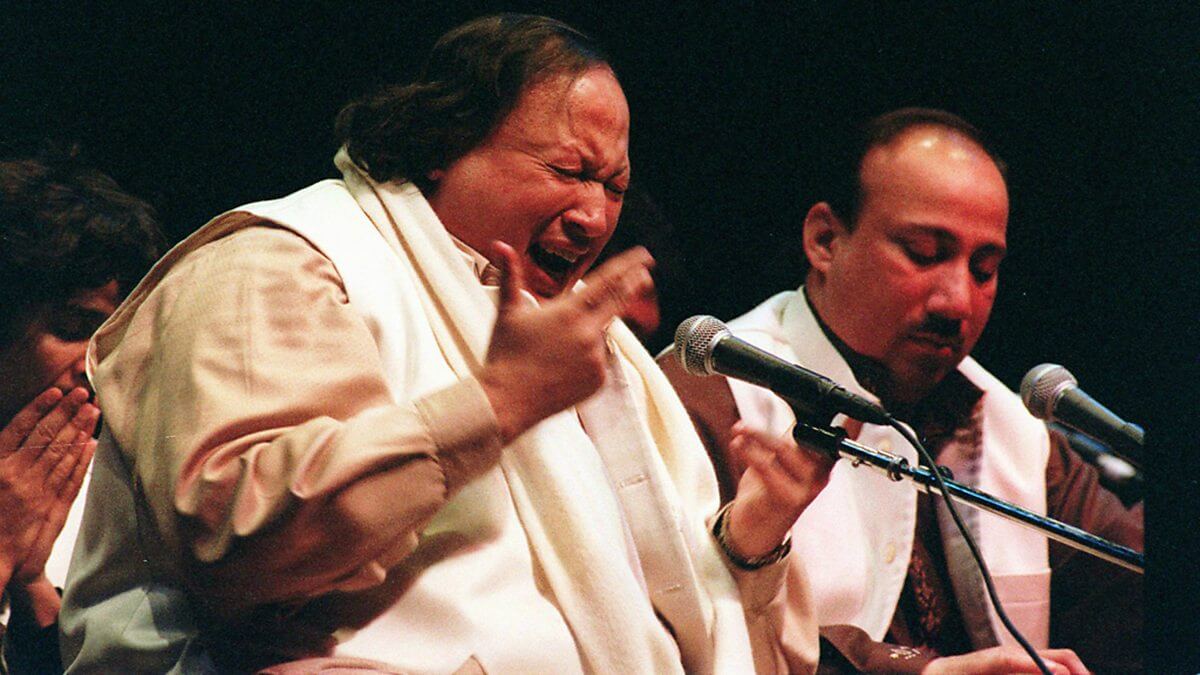History of Qawwali
The Origins and Evolution of Qawwali
Jalal ad-Din Muhammad Rumi, commonly known as Rumi, was a 13th-century Persian poet, Islamic scholar, and Sufi mystic whose profound and timeless verses have captivated hearts for centuries. Born in 1207 in present-day Afghanistan, Rumi’s poetry transcends cultural and religious boundaries, delving into themes of divine love, spiritual longing, and the unity of all beings. His most famous work, the Masnavi, is considered one of the greatest masterpieces of spiritual writing, blending mysticism with wisdom and compassion. Through his deeply philosophical yet accessible poetry, Rumi encourages readers to seek God within themselves and in the world around them, offering profound insights into the human condition and the eternal journey of the soul toward enlightenment. His legacy continues to inspire people globally, making him one of the most beloved and widely-read poets of all time.
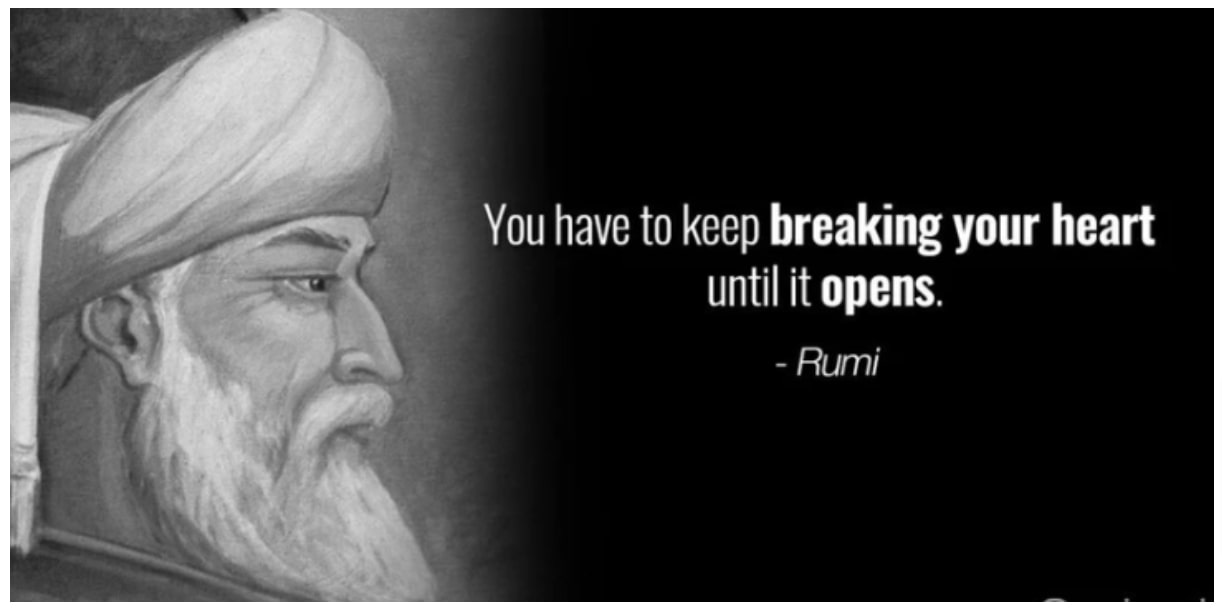
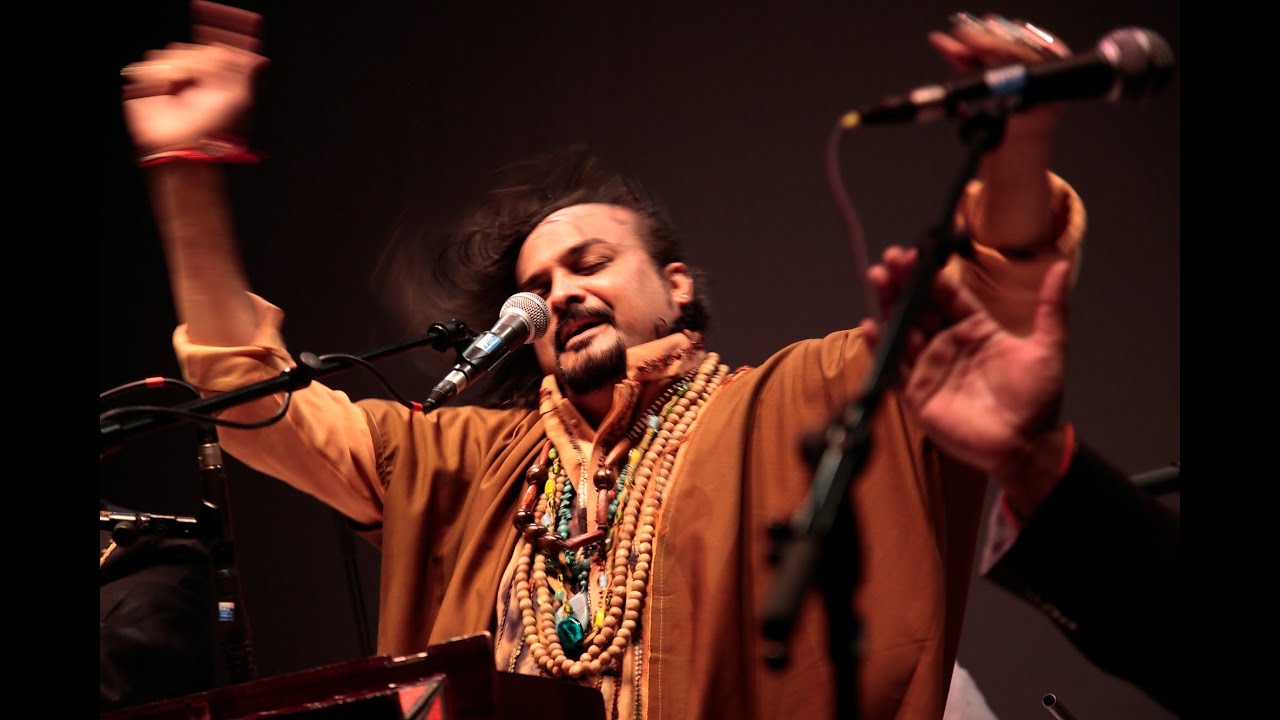
Sufism and Qawwali
A Deep Spiritual Connection
Qawwali is more than just a musical tradition; it is a spiritual experience deeply rooted in Sufism, the mystical branch of Islam. Originating in the Indian subcontinent, Qawwali serves as a devotional practice aimed at achieving closeness to the Divine. For centuries, it has been performed at Sufi shrines or dargahs, where mystics and their followers gather to engage in acts of devotion, often involving music, poetry, and dance. The music itself transcends cultural and linguistic boundaries, offering listeners a path to spiritual awakening through its powerful and emotionally charged performances.
Sufism: The Mystical Foundation of Qawwali
Sufism emphasizes an inward search for God and the purification of the soul. Unlike the more legalistic interpretations of Islam, Sufism prioritizes personal, direct experiences of the Divine. Central to Sufism are practices like dhikr (remembrance of God) and sama (listening), both of which aim to induce spiritual ecstasy (wajd) and enlightenment. Qawwali, as a form of sama, plays a critical role in this process, using music and poetry as a means to transport both the performer and the audience into a state of divine communion.
The lyrics in Qawwali are often derived from the poetry of famous Sufi saints and poets like Rumi, Amir Khusro, Bulleh Shah, and others. These poems focus on themes such as divine love, the longing for union with God, the transient nature of the world, and the deep connection between the lover (the seeker) and the Beloved (God).
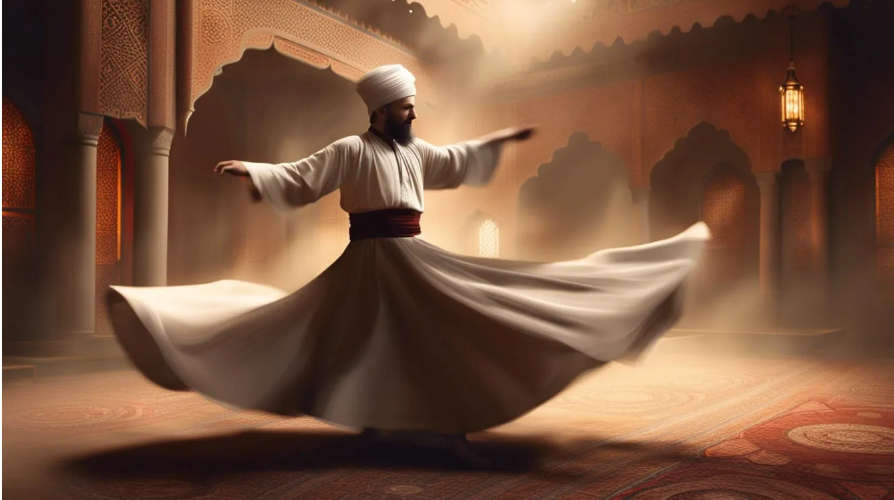
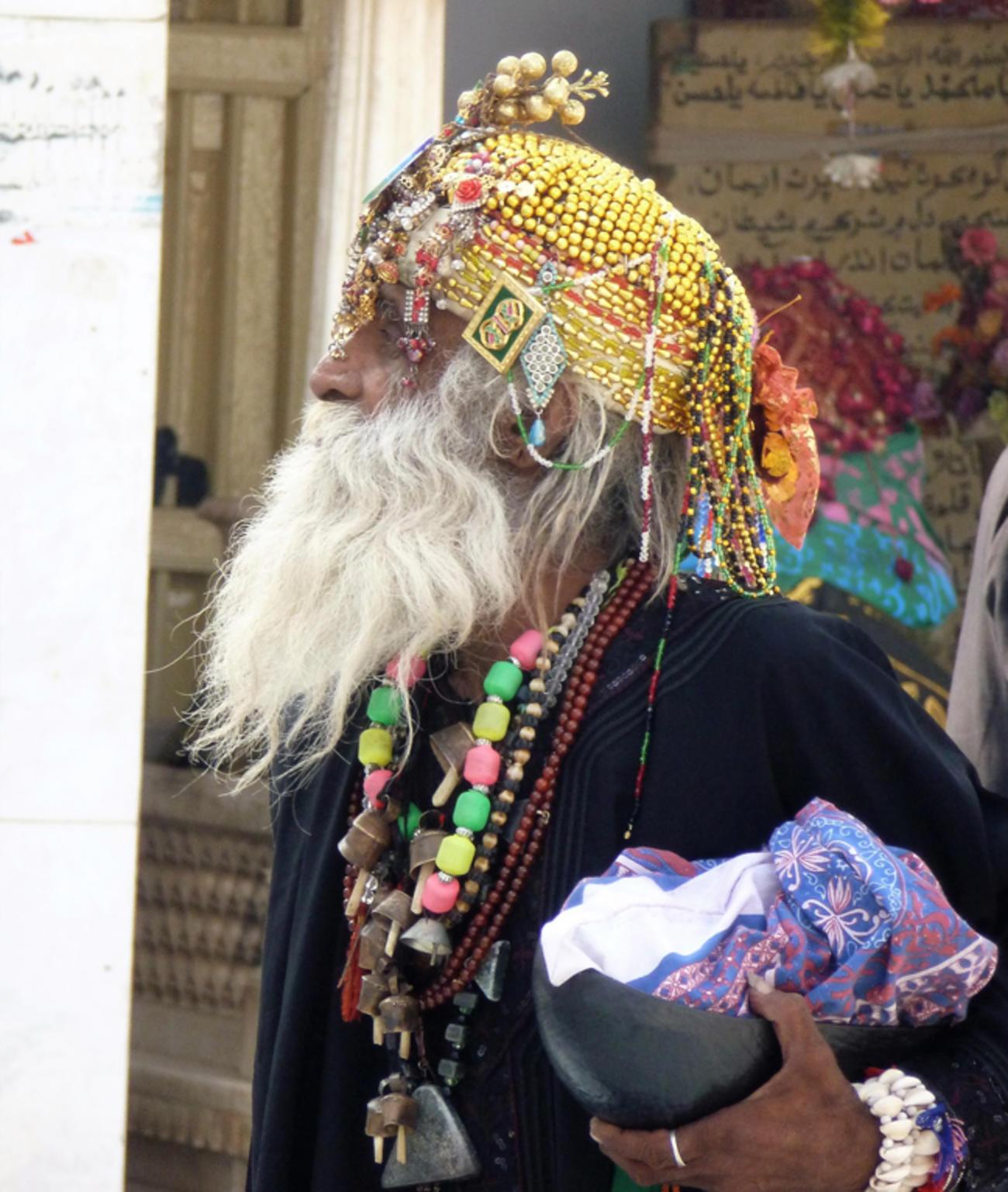
Qawwali’s Global Spread and Modern Evolution
While Qawwali has long been associated with the shrines of South Asia, it gained widespread international recognition through the efforts of legendary performers like Nusrat Fateh Ali Khan, Aziz Mian, and the Sabri Brothers. These artists expanded the reach of Qawwali by incorporating modern elements while retaining its spiritual essence, bringing this Sufi tradition to concert stages across the globe. Nusrat Fateh Ali Khan, in particular, became a global ambassador for Qawwali, performing in both devotional and commercial settings, from world music festivals to collaborations with Western artists.
Despite this mainstream success, Qawwali remains a highly respected and sacred art form within its traditional contexts. Even today, hereditary Qawwals — many of whom are part of the “Qawwal Bachon ka Gharana” (the school of Qawwali singers) — continue to perform at shrines, passing the tradition down through generations. This family lineage of Qawwals traces its roots back to the legendary Amir Khusro, who is often credited with formalizing the art of Qawwali.
A typical Qawwali performance is an immersive experience, where the music slowly builds in intensity, drawing the audience into a collective spiritual journey. It usually begins with a slow instrumental introduction before the main singer (called the qawwal) starts the vocal performance.
The Structure and Performance of Qawwali
The ensemble typically includes harmoniums, tablas, dholaks, and clapping, creating a powerful rhythmic foundation. The lead singer alternates between singing solo and engaging in call-and-response exchanges with the chorus, a technique that amplifies the emotional impact of the performance.
Qawwali is not just about vocal prowess; it is about conveying the maqam or spiritual station of the lyrics. The lead singer uses vocal modulations to express deep emotions like longing, sorrow, joy, or ecstasy. The audience plays an equally important role, as their spiritual energy contributes to the performance’s atmosphere. Many participants may enter states of wajd (spiritual ecstasy), swaying or even dancing in response to the music’s hypnotic power.
Preservation of Traditional Qawwali in a Modern World
With the rise of digital media and global music platforms, Qawwali has undergone significant changes. Some artists have introduced fusion elements, combining Qawwali with Western music genres, which has helped to attract new, younger audiences. However, purists like Zheer Amin, a contemporary Qawwali leader, have dedicated their lives to preserving the traditional, devotional form of Qawwali.
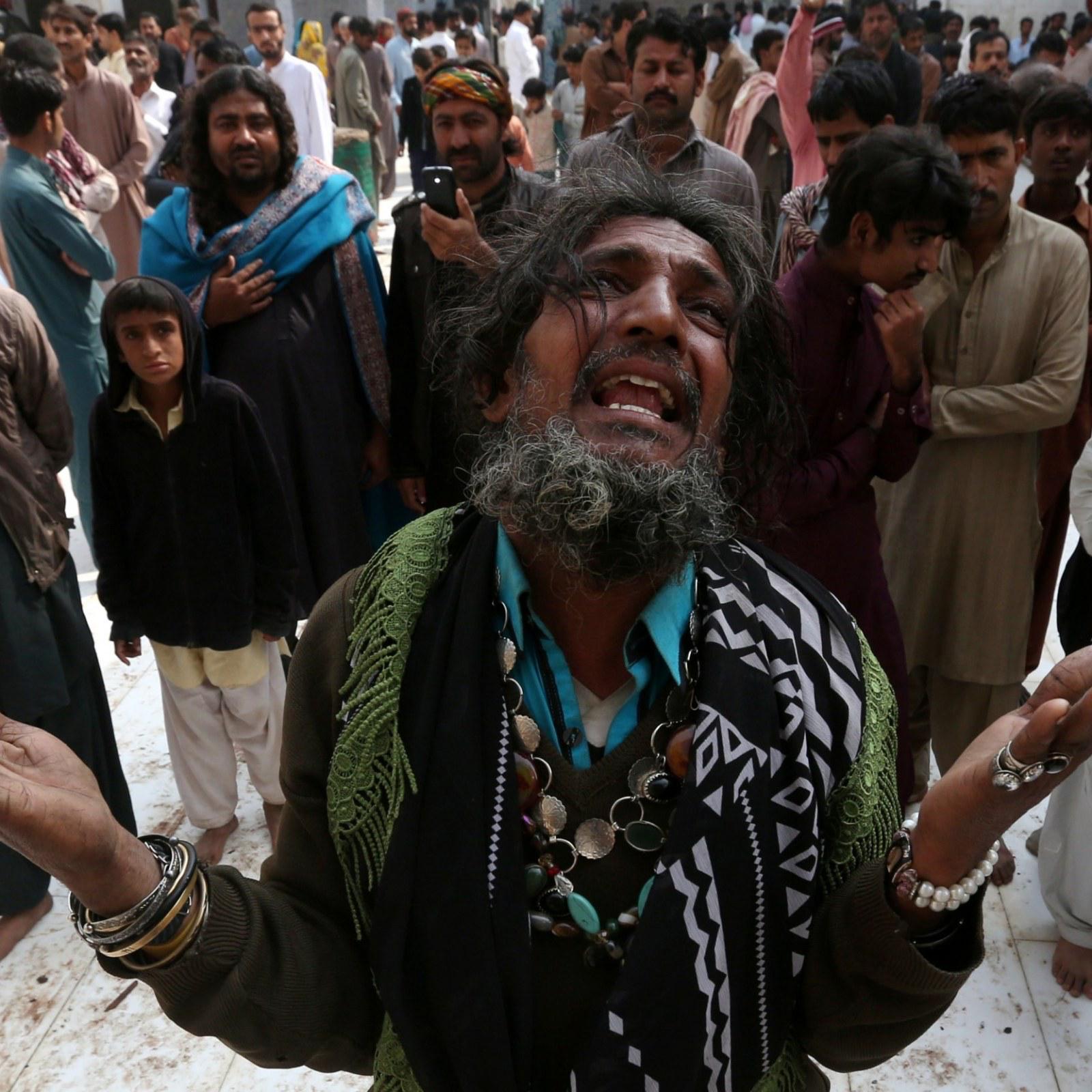
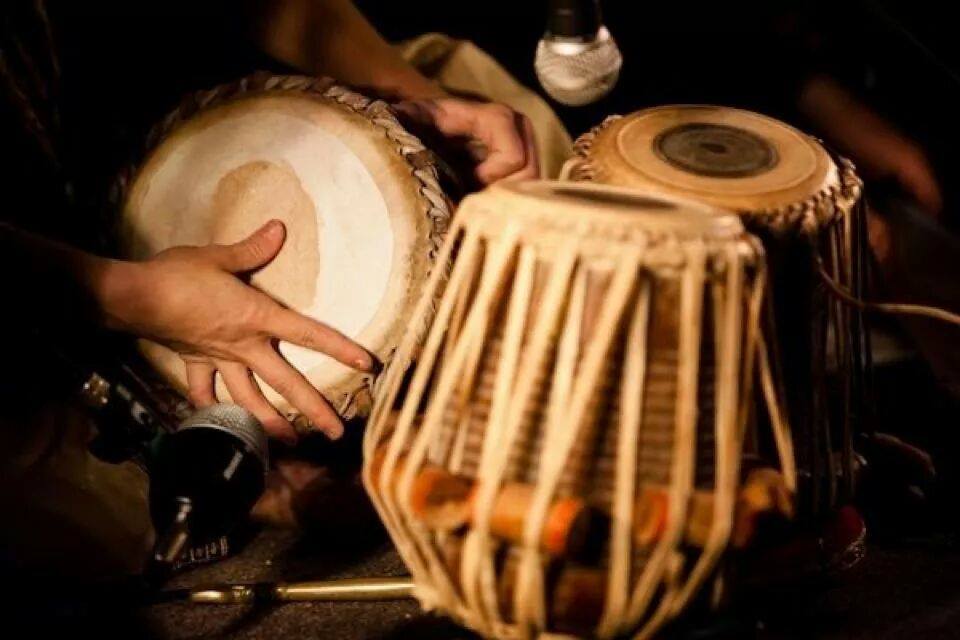
Artists like Amin believe that the true spiritual essence of Qawwali is in its pure, unadulterated form, where the focus is on creating a profound, meditative atmosphere that moves the listener on a deeply spiritual level.
As Qawwali continues to grow in global popularity, the challenge remains to balance modernization with preservation. For many, Qawwali is not just about maintaining cultural heritage; it is about keeping alive a sacred art that offers a pathway to the Divine.
Qawwali’s Spiritual Impact: More than Music
For followers of Sufism, Qawwali offers more than just musical entertainment; it is a means of spiritual elevation. The poetry, music, and rhythm work together to induce an altered state of consciousness that allows listeners to experience a closer connection with the divine. Each element of the performance serves a symbolic function:
- The Lead Singer (Qawwal): Represents the spiritual guide or murshid, leading the way for the audience (followers) to reach God.
- The Chorus: Symbolizes the unity of the spiritual community, working in harmony to elevate the soul.
The Instruments (Harmonium, Tabla, Dholak): Serve as the rhythmic heart of the performance, mirroring the steady pulse of life and creation, while the intricate melodies convey the emotional depth of the seeker’s spiritual journey.
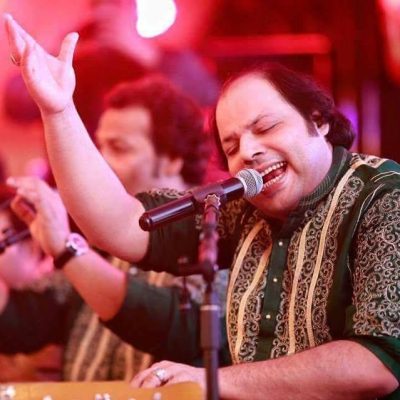
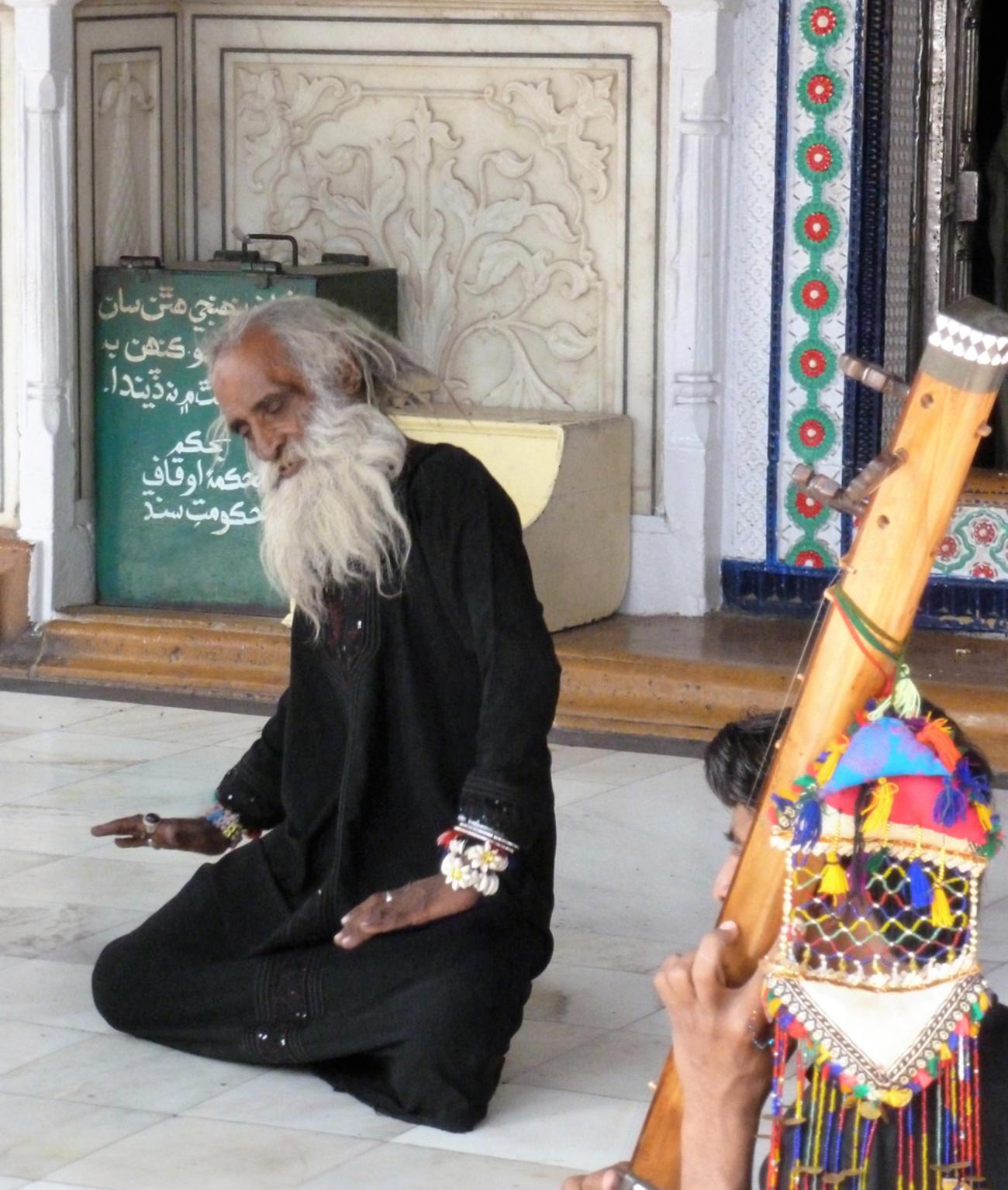
The Training of Qawwals: Brotherhood and Sufi Knowledge
Qawwals are trained through two primary channels:
- Bradri (Brotherhood of Performers): This traditional method focuses on imparting the technical aspects of Qawwali, such as vocal technique, rhythm, melody, and performance structure. Qawwals often start learning within their family or community from a young age, mastering the fundamentals of the musical form.
- Sufi Teaching Circles: Reserved for those of higher social or spiritual rank, this form of training focuses on the spiritual and philosophical aspects of Sufism. Here, Qawwals gain deeper insights into the mystical poetry they perform, which often requires a significant level of literacy and understanding of complex spiritual ideas. In addition to their musical skills, Qawwals are expected to engage with Sufi literature and teachings, allowing them to interpret and perform the poetry with the emotional depth it requires.
Through this combination of musical apprenticeship and spiritual learning, Qawwals are not just entertainers but spiritual facilitators, guiding listeners through a sacred experience that seeks to awaken divine love and bring them closer to God.
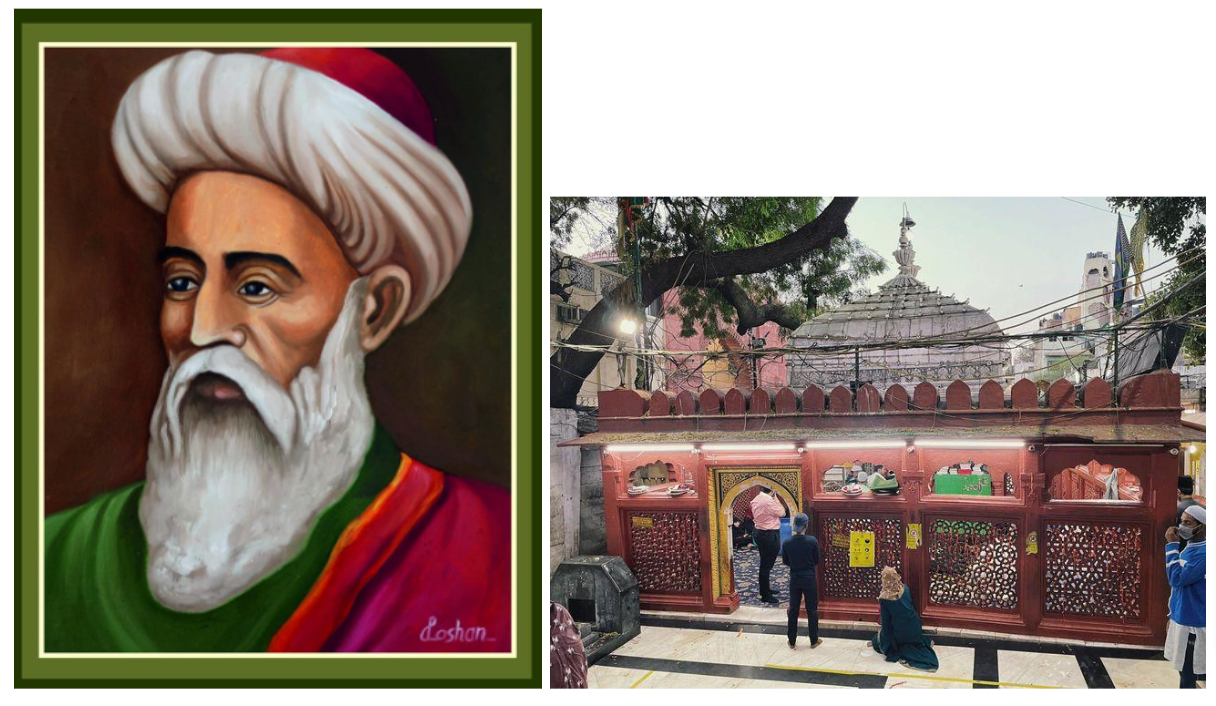
Qawwali, as a form of Sufi devotional music, serves as a powerful vehicle for spiritual expression. It transcends mere entertainment, drawing listeners into a shared experience of divine love, longing, and ecstasy. Whether performed at the shrines of South Asia or on international stages, Qawwali retains its unique ability to connect the earthly with the divine. Through its intricate blend of poetry, music, and emotion, it continues to serve as a beacon of the spiritual richness of Sufism, resonating with audiences across the world and keeping alive the timeless traditions of a mystical art form.
The Role of Musical Instruments: From Prohibition to Integration
In the early days of Qawwali, musical instruments were initially prohibited due to Islamic legal and spiritual restrictions. Sima’ or Sama’ (the act of listening to Qawwali) was considered permissible under strict conditions. The performer had to be male, adult, and the lyrics had to be entirely in remembrance of God, free from any form of indecency or obscenity. Additionally, musical instruments were not allowed, and the sole focus of the gathering was supposed to be the spiritual content of the lyrics and their ability to evoke devotion.
Sufi saints like Nizamuddin Auliya expressed strong views against the use of instruments, considering them “Haram” or impermissible in spiritual gatherings. In texts such as Siyar al-Awliya and Fawa’id al-Fu’aad, early Sufi scholars reinforced these ideas. However, over time, musical instruments were gradually introduced into Qawwali, which enriched the performance and made it more accessible and dynamic. Instruments such as the harmonium, tabla, and dholak became integral to Qawwali, adding layers of rhythm and melody that enhanced the emotional intensity of the performance.
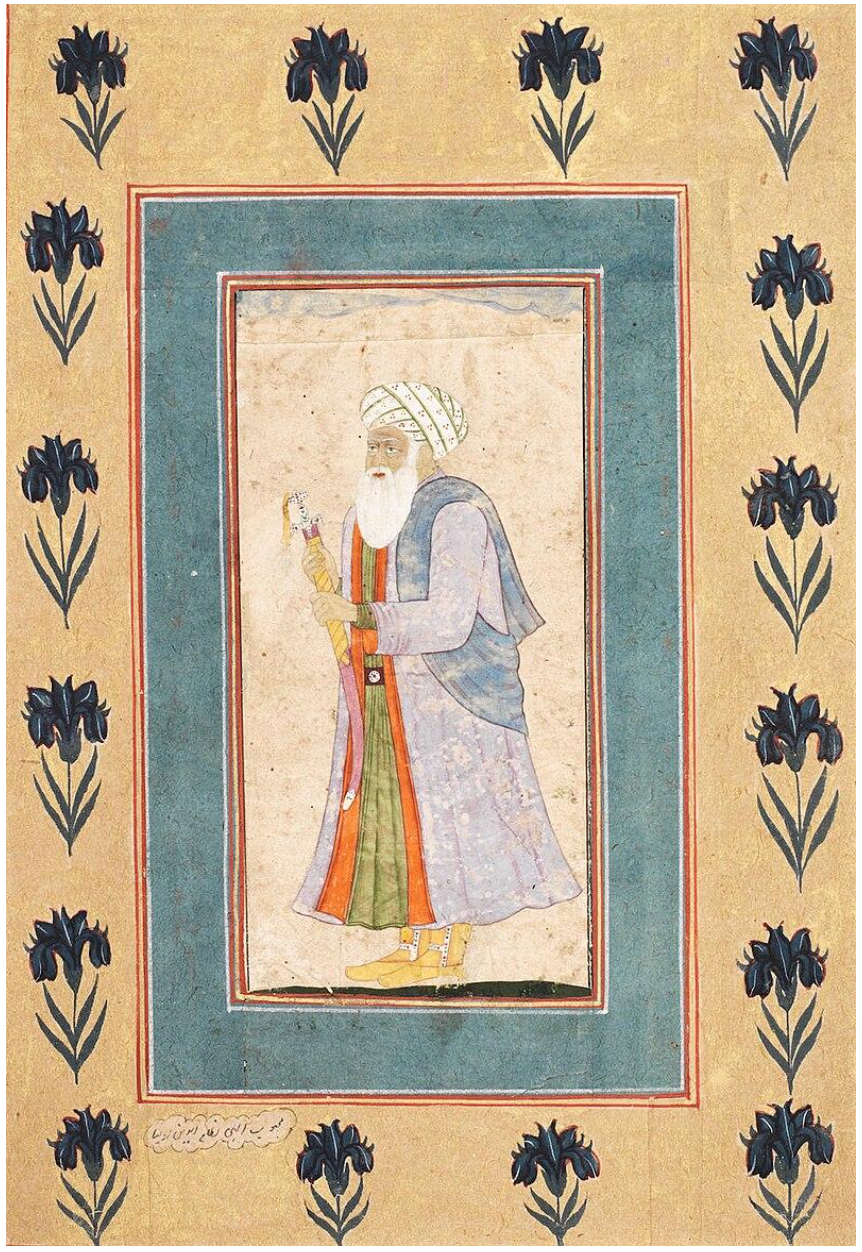
Historical Roots
01
Early development in 13th-century Persia
02
Spread through the Indian subcontinent
03
Role of Sufi saints (e.g., Amir Khusro)
Evolution of Qawwali
Influence of local cultures and languages
Distinct styles in different regions
Classical vs. modern Qawwali
